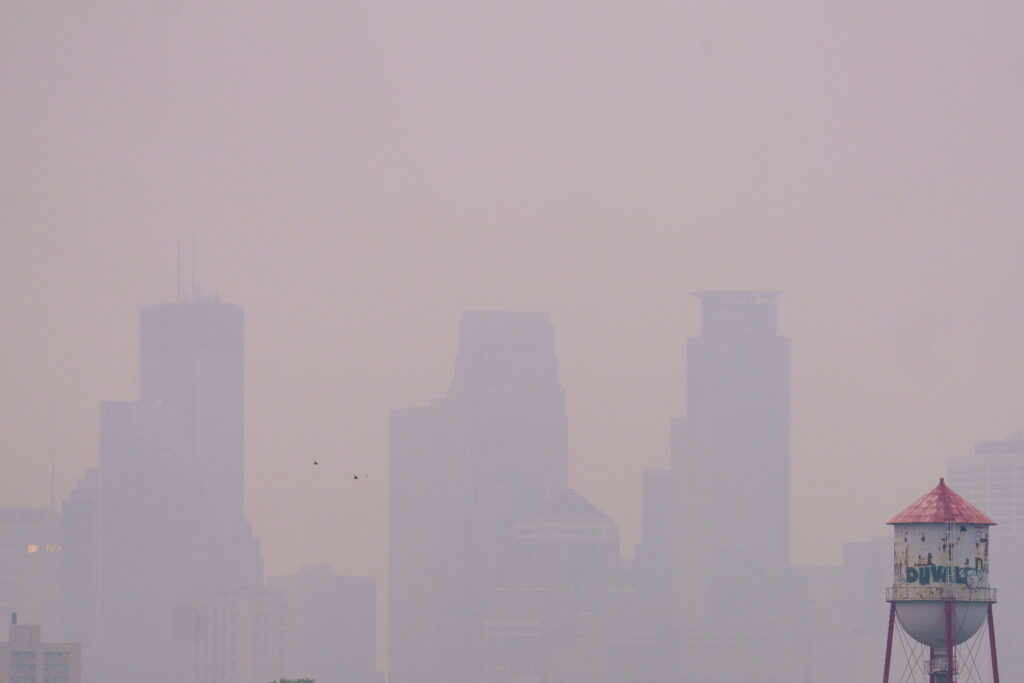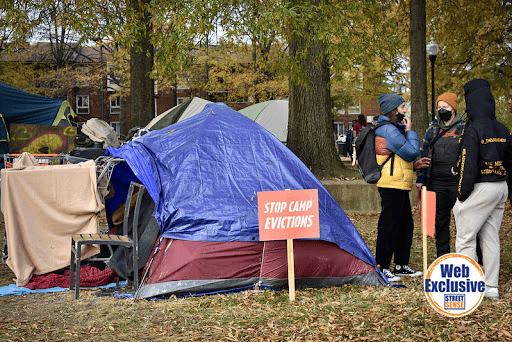Aaron Dactyl’s Railroad Semantics #2: Southern Oregon, Northern California is a travelogue by a train-jumping diarist and photographer who shares his experiences of riding the rails in the Pacific Northwest. The work is also a catalog of contemporary hobo culture, a treasure trove of train lingo and a whiskey-breath love poem to the gorgeous landscapes in the wide-open spaces that itinerant train-jumpers of all kinds claim as their own.
Dactyl is a photojournalist and a modern day hobo based in Eugene, Oregon. His photographs have been featured in a number of alternative publications and in his own Railroad Semantics zine. The first book version of Dactyl’s Semantics was more Oregon-centric, but this follow-up finds our hobo hero catching trains all the way to California. Dactyl’s snapshot capturing-in words and photos-of the contemporary echoes of Depression-era hobo culture are compelling in their timeliness and in their first-person accounting.
Opening up Railroad Semantics is more like looking at a collection of collages than reading a book, and it’s probably not a coincidence that the compellingly flippable pages of maps, text, found photos, found railroad articles, film stills, handwritten letters and Dactyl’s own snapshots combine to create an effect that is not unlike a succession of various train cars rushing past the eyes.
Railroad Semantics #2 was an official selection for Best American Travel Writing 2012(published by Houghton Mifflin). When Dactyl is on the move and out in the middle of the country, his writing is at its most inspired, and certain passages recall Jack Kerouac in their giddy energy, their mystical longing and their pure American-ness:
“With the air growing cold, a great darkness set upon the land and a million stars shone in the sky-so many that I could not discern the most basic constellations or even the Big Dipper. The faint milky fog of the galaxy band arched above at an odd degree and the annual Perseid meteorites sparked through the atmosphere leaving singed trails in the air that lingered for a second after the comic bit had burnt… I felt as if I was on some extrasolar planet, some cold, lonely rock belonging to no particular light source other than the backdrop of a million equidistant stars light-years away, drifting unorbitally through a vast and infinite universe where no other sentient being is known.”
Of course, Dactyl is also a photographer and this book is full of images. Portraits of fellow travelers, landscapes, highway scenes, historic sites and city snapshots abound, but the small, low quality black-and-white printing makes these images tough to really appreciate beyond their illustrative utility. What really stands out here are Dactyl’s photographs of the railroad graffiti that he captures in detailed close-ups, allowing for intense poring over. Many of the markings are simple graffiti tags of hobo’s nicknames, recording the box cars they’ve ridden in and on. Other marks incorporate the signs that were used by the first hobos. An “X” surrounded by a circle carved on a tree or a fence post signaled a good place for a handout and a drawing of a kitten meant that “a kind lady lives here.” There is also a lot of rail poetry here and slogans like “Nowhere Bound” and “Ride Free” pepper Dactyl’s boxcar interiors, but none seem to capture contemporary hobo life and the spirit of Dactyl’s book like “All Trains Lead Home.”
In the same spirit another publication, Mostly True: The West’s Most Popular Hobo Graffiti Magazine collects freight riding stories, interviews with contemporary hobos and boxcar artists, historical tidbits and pages of photos of hobo graffiti and the artists that create it. Aside from the contents, what makes this odd volume more than just a collection of modern hobo-dom is the way it’s arranged to come off like a vintage rail fanzine: The information in the upper left corner of the cover reads “April, 1908. Vol. 19, No. 7.” At the bottom of the cover a teaser for the “magazine’s” contents proclaims what reads like boxcar artist A-list: “In this issue: Bozo Texino, Herby, Coaltrain, Seldom Seen, Colossus of Roads, J.B. King Esq., The Rambler.” The actual ads on the inside are presented with a faux-vintage look and funny little hobo cartoons and comic strips pepper the pages throughout.
Originally published four years ago, this second edition includes a whopping 24 pages of additional hobo-alia. Mostly True was written by author, installation artist, photographer and experimental documentary filmmaker Bill Daniel, and the book serves as a companion piece to his nearly-20-years-in-the-making, 2005 hobo graffiti documentary Who is Bozo Texino? The film traces Daniel’s ongoing journey across miles of rails, between bustling boxcars and camped out in modern hobo jungles in search of the artist behind a ubiquitous bit of train graffiti: a primitive portrait of a pipe smoking hobo in a ten gallon hat decorated with a Texas lone star. The cartoon is always signed with the name “Bozo Texino.”
The film has played everywhere from RV parks to the Museum of Modern Art in New York City. It’s critically acclaimed not only for its documentation of contemporary hobo culture and boxcar art, but also for its commentary on the centrality of freedom of movement in the American experience.





